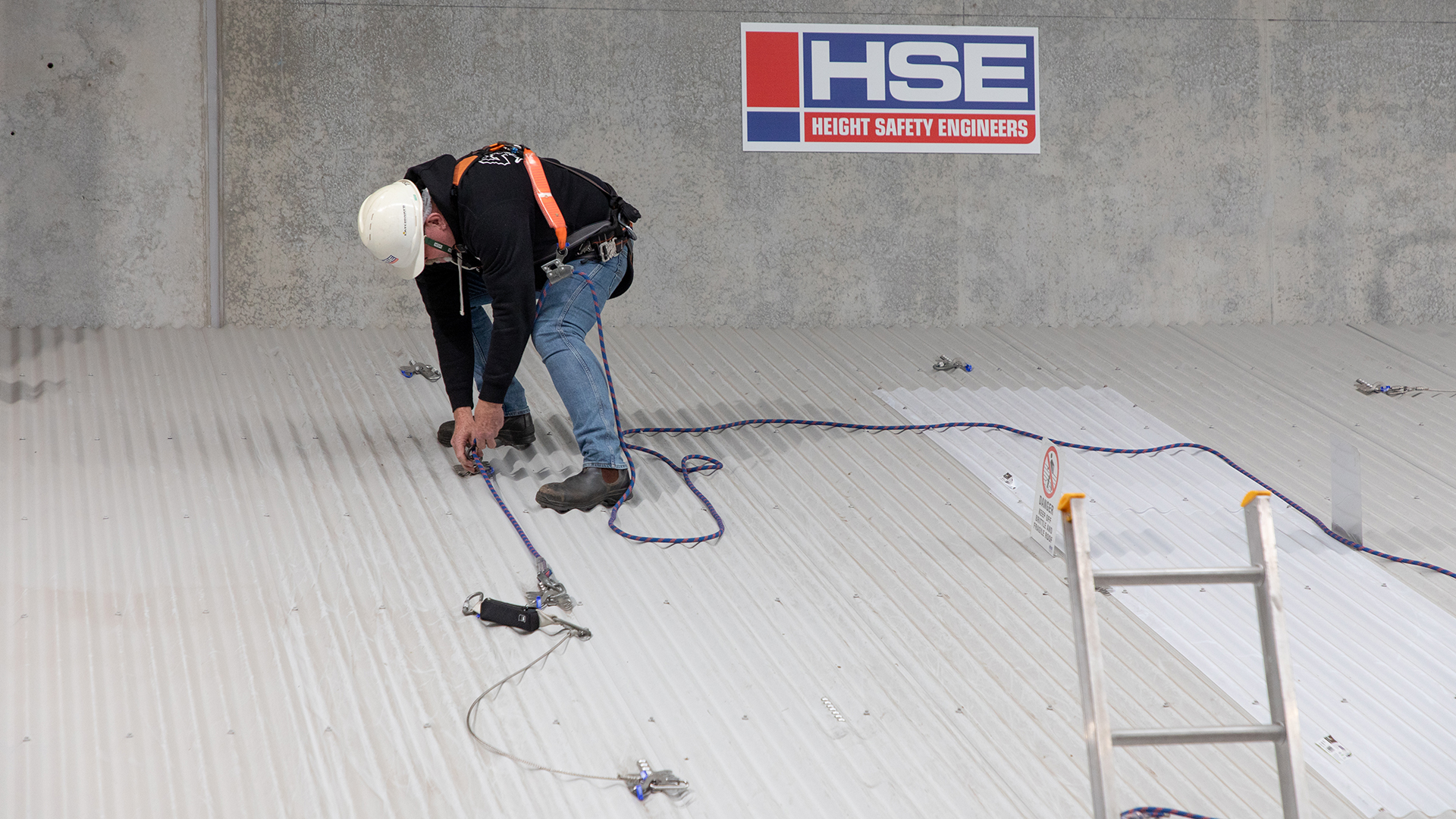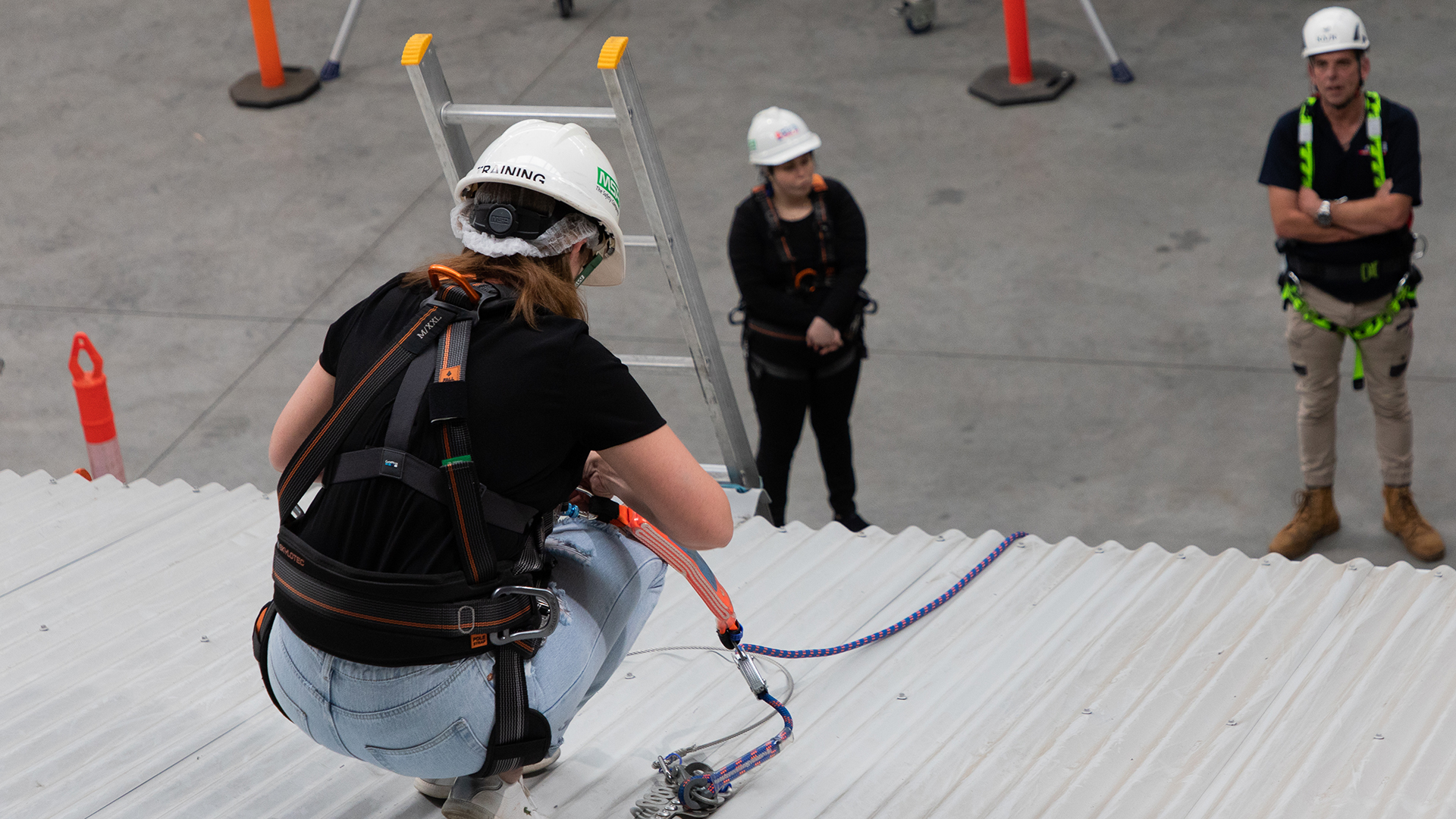PUASAR022 Participate in a rescue operation
Understanding how to effectively implement a rescue plan is a critical part of every site’s safety processes. This course teaches participants how to effectively action a rescue in a variety of different scenarios.
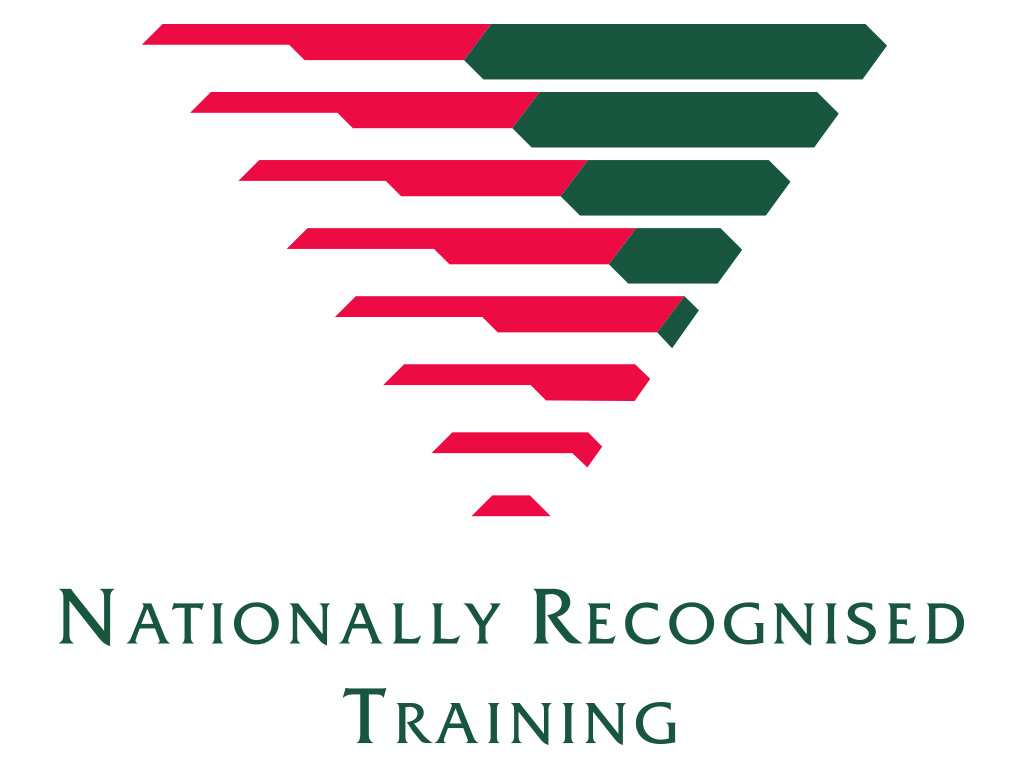
Rescue training gives participants the skills and knowledge required to operate as part of a rescue team when performing a rescue following an incident on site. This course underpins further specialist rescue training. In most circumstances, participants undertaking this course are required to work as part of an operational team performing rescues. Most work under supervision as part of a team but are often required to complete singular tasks as part of a rescue operation.
PUASAR022 Participate in a rescue operation is training that is applicable to people from emergency services, volunteer organisations or any industry where having, and being able to action, a rescue plan using specific equipment may be required.
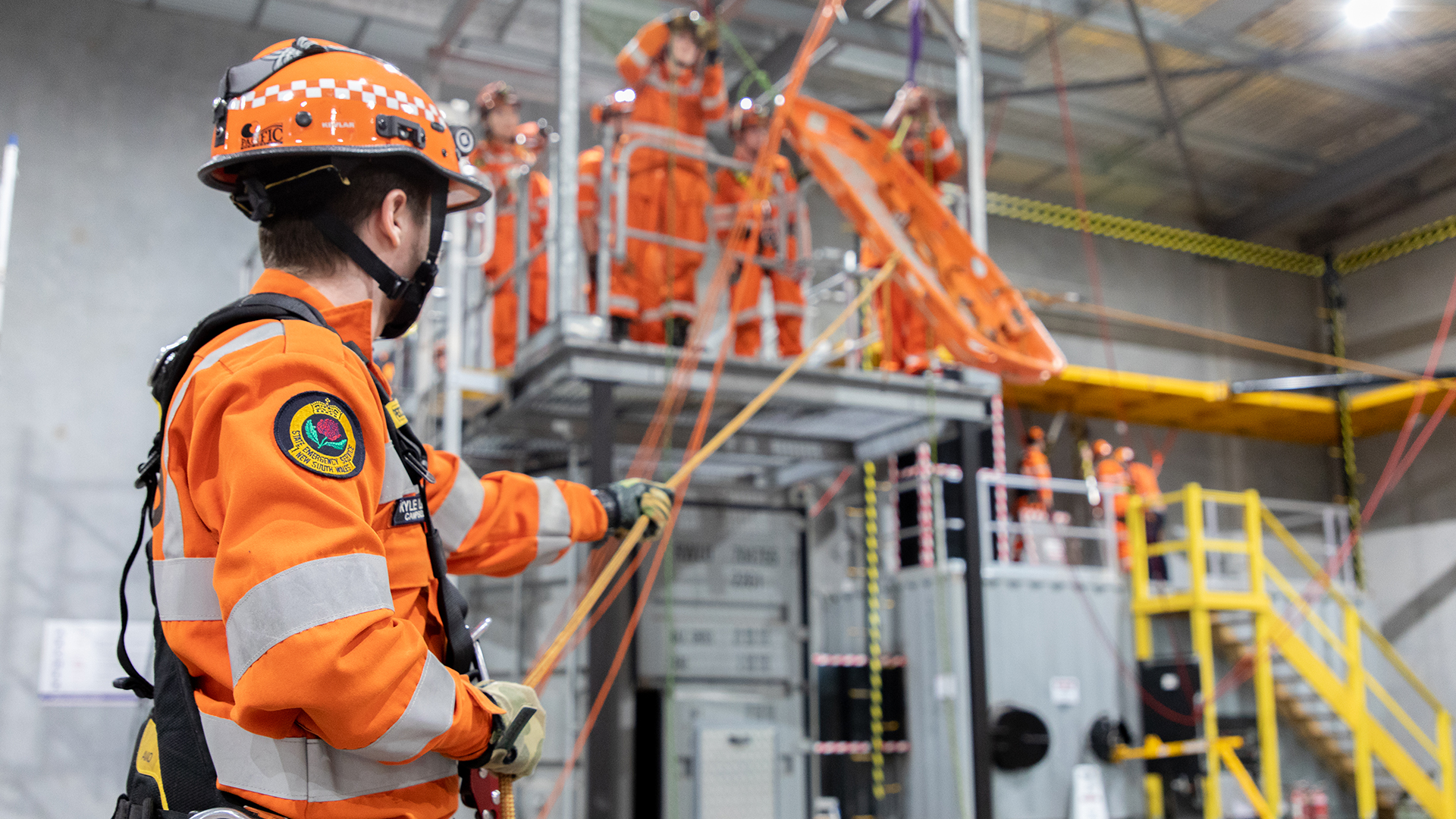
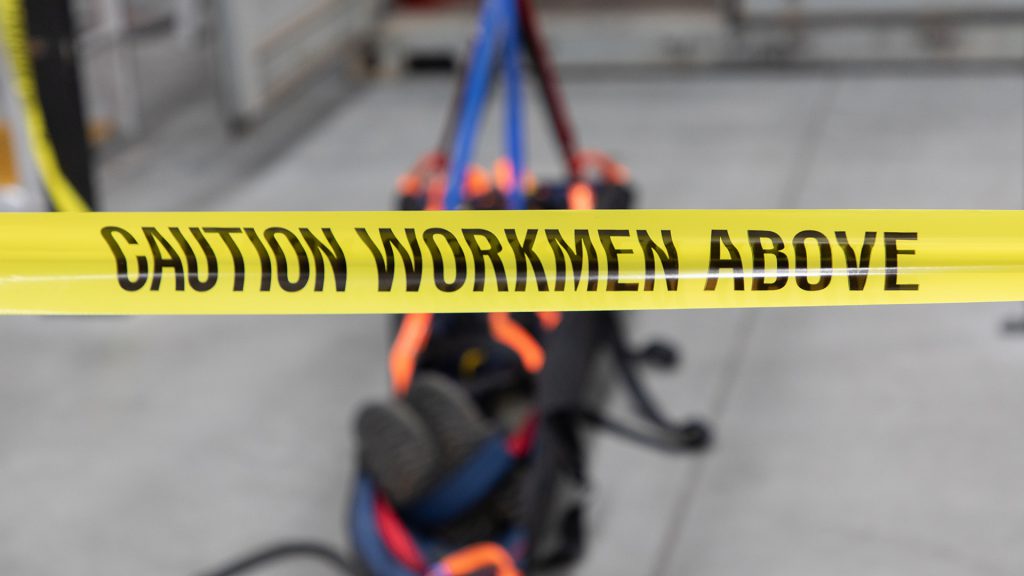

About this course
This unit covers the competency required to participate in rescue operations as a member of a rescue team. This unit underpins specialist rescue operations. The application of this unit in the workplace covers a wide range of rescue and environmental situations, which may include industrial, rural, bush and extreme environmental conditions.
The individual will work under supervision in a team but may be responsible for completing individual tasks relating to a rescue. The unit is typically performed by personnel from emergency services and/or volunteer organisations.
This unit of competency may be contextualised to cover a variety of rescue scenarios using pre-rigged rescue kits or advanced rope rescue equipment. Rescue training courses can focus on the following areas, but not limited to just these:
- Jump form rescue
- Tower and pole rescue
- Tower crane rescue
- Confined space rescue
- Wind turbine rescue, and
- Heights and roof rescue
Duration: 1 to 5 days (8 - 40 hours, depending on needs)
Student/trainer ratio: 6:1
Course objectives and content
Capabilities and limitations of rescue equipment
Casualty handling techniques
Environmental hazards
Manual handling techniques
Organisational policies and procedures (such as relevant legislation; operational, corporate, and strategic plans; operational performance standards; operational policies and procedures; organisational personnel and occupational health and safety practices and guidelines; organisational quality standards; organisation’s approach to environmental management and sustainability)
Personal hygiene
Procedures for reporting injuries and accidents
Relevant legislative and regulatory requirements
Ropes and knot
Safety precautions
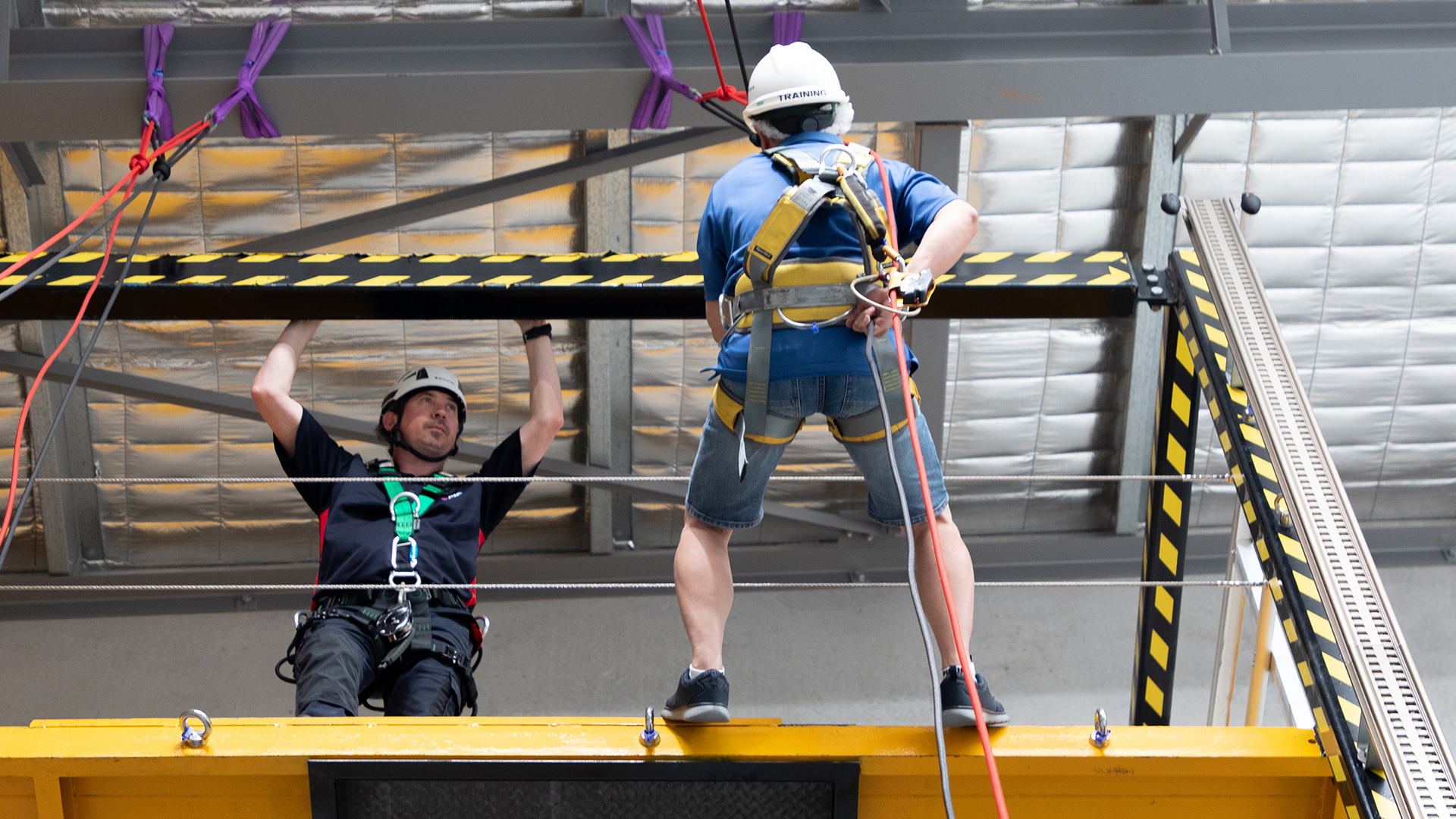
Qualifications for successful warden participants
Statement of attainment in:
PUASAR022 Participate in a rescue operation
PUASAR022 Participate in a rescue operation FAQs
There is a prerequisite for this course, however it applies only to those working in the fire sector. The fire sector includes those sections of government departments, statutory authorities, or organisations that have a responsibility under jurisdictional arrangements for the delivery of firefighting and fire management services.
The prerequisite for those working in the fire sector is they must hold the HLTAID011 Provide first aid unit of competency.
Participants must be able to present the Statement of Attainment for verification prior to course commencement.
All students must be eligible to receive nationally recognised training within Australia and provide a valid Unique Student Identifier (USI) upon enrolment.
This course is aimed at workers in any industry that may be involved in a first response rescue using workplace vertical rescue kits for a workmate retrieval. It is also relevant to mines rescue teams or emergency services personnel. It is recommended that participants have year 10 level reading and writing capabilities.
It is important to note that there are physical standards which relate to the level of performance required when undertaking accredited training. One requirement of the training package is that you are to be assessed as physically capable of working under supervision in a team but may be responsible for completing individual tasks relating to a rescue in a range of simulated and real locations.
Students who are unable to satisfy the physical requirements of the course cannot be deemed competent or issued a Statement of Attainment, even if the qualification is a necessary part of their employment conditions.



